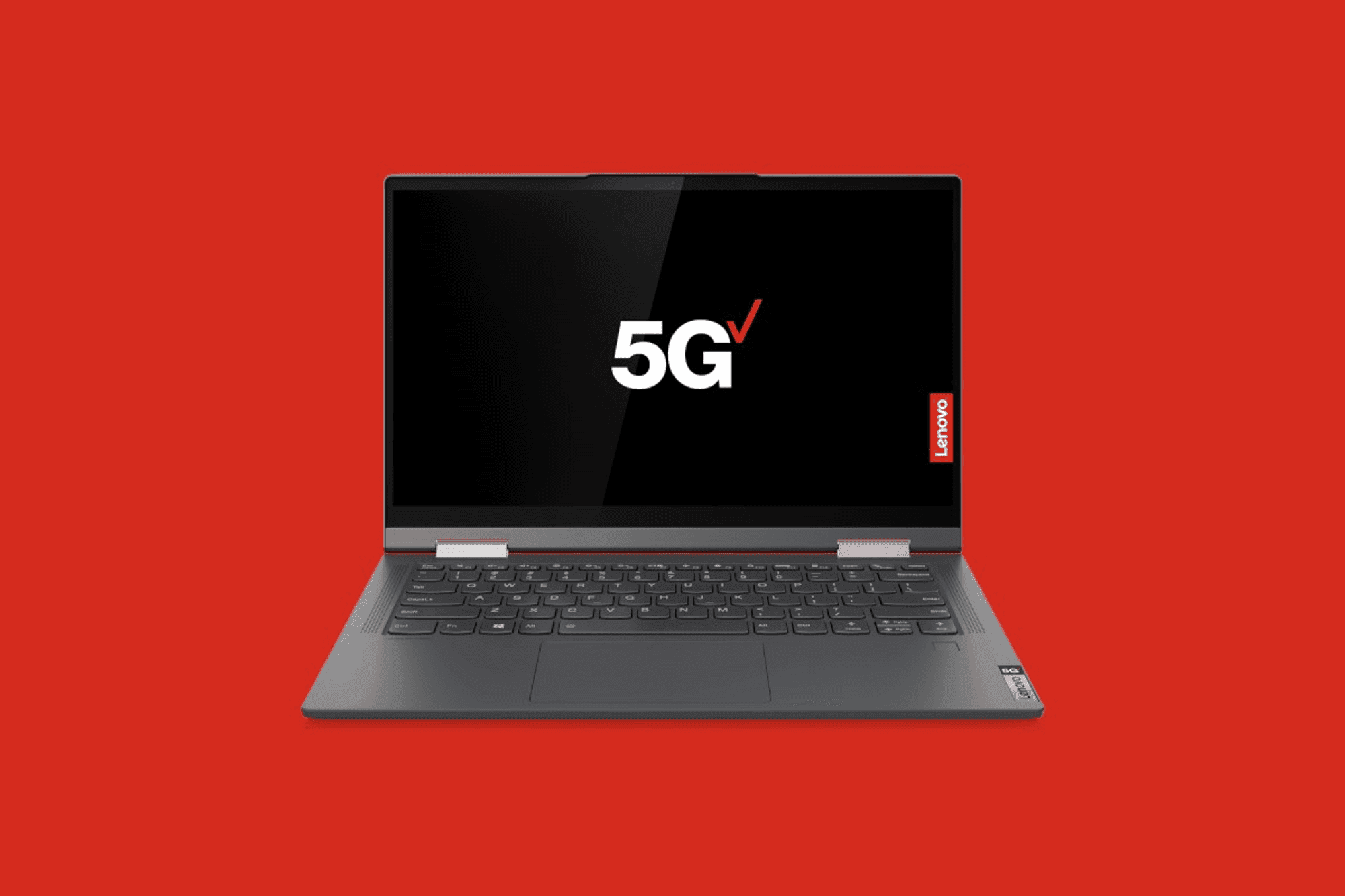
How is Mobile Tech making it's way in the Laptop?
In this post we talk about why Apple Macbook M1, MacMini and laptop hardware is moving "Back to ARM"
OSX => aarch64 (arm-on-arm)
The reality of "arm-on-arm developer" just became a whole lot more serious, if it wasn't already: Apple's move BigSur, to somewhat back to RISC is a big one, not big in the sence of streamlining there software stack on ARM, because they already do with iPhone etc... But now taking ARM on the laptop and workstation is a whole another game, as many of us know these tools are used for building apps in the cloud, handsets, and deva. it basically meanswith Lenovo to re-release it's arm based laptop: Lenovo IdeaPad Flex 5G (US) / Yoga 5G (EU) but now along with 5G integrated. I move into "always-on" for laptops. I'm sure the new MacBook's and Air will have an integrated 4G/5G modem as standard, basically streamlining apple's hardware footprint across it's range of devices. That means the stakes are getting high to compete for the ultimate "road-warrier workplace" tool.
But lets look at apples two year plan to migrate the workplace to ARM and away from Intel,
As the new Mac Mini transition kit arrives at developers, we are starting to see some interesting results and posts of various performance improvements. even ridcusl stuff like windows running in parreles faster then on a native Microsoft Surface!
But this demonstrates that Apple is clearly goind down the stack, into Silicon and taking that years of experience built up designing iPad and iPhone computeres
The big push towards a different cpu architecture is clear, after years of x86/x86_64 instruction set, and the somewhat failure of Intel Itiumen (super complicated instruction (set) the industry is ready for a shift towards multi-arch support. As Cloud providers push for better performance by moving down the stack to hardware, those advances have been finding it's way into not just mobile phones/ tablets, but now laptops etc..
But the story doesn't stop here, as we've seen Intel's struggle to get down to 7nm, and ARM with it's model of leasing IP's, allows smaller more diverse manufactures to develop silicon down to 7nm more competitively rather then a handful of major players
The roadmap above shows the large leap in performance across each generation of 30% and today 60%
Ampere and ADLINK are also building a desktop/server platform for individual developers to work on as well as lab installations. (a 1U variant is to launch soon too with out-of-band access)
Why is "The ARM Native Workstation" important?
Take a look at what Ampere recently launched from the Neoverse N1 platform, an 80-core aarch64 CPU on a COM-HPC package with the RAM loaded onto that, (Similar to Apple's M1, but not on the same silicon) As the scope of what you can run on ARM architecture expands, so does the technical requirements. Ampere's new CPU addresses just this, and the AADP /AVA is focused in the embedded server area where you have anything from industiral PC's to onboard computers in automative use cases.
But why are we writing about ARM, Apple and the changing architecture on the laptop and desktop, well this is making applications development more native, closer to mobile devices we use, and the rise of ARM in the datacenter. The move is only natural to the combined success of mobile development which has reached performances beyond and on-part
Want to know more about Apple's Big Sur Preview, details can be found here:
Are you building a Developer Experience? We know-how!
As we are a group of developers ourselves, we understand the needs well, If you’d like to know more about 56K.Cloud or the benefits of Cloud Adoption, Container and DevOps Automation, IoT or 5G, book a meeting with us.
You can also let us know where in your Cloud Journey you are, and we are happy to get in touch with you. Fill out the cloud quiz here.
56K.Cloud is an AWS Services Partner and Gruntwork Partner. Together we enable organizations from startups to large enterprises across various verticals to migrate and adopt public cloud technologies in their business.
